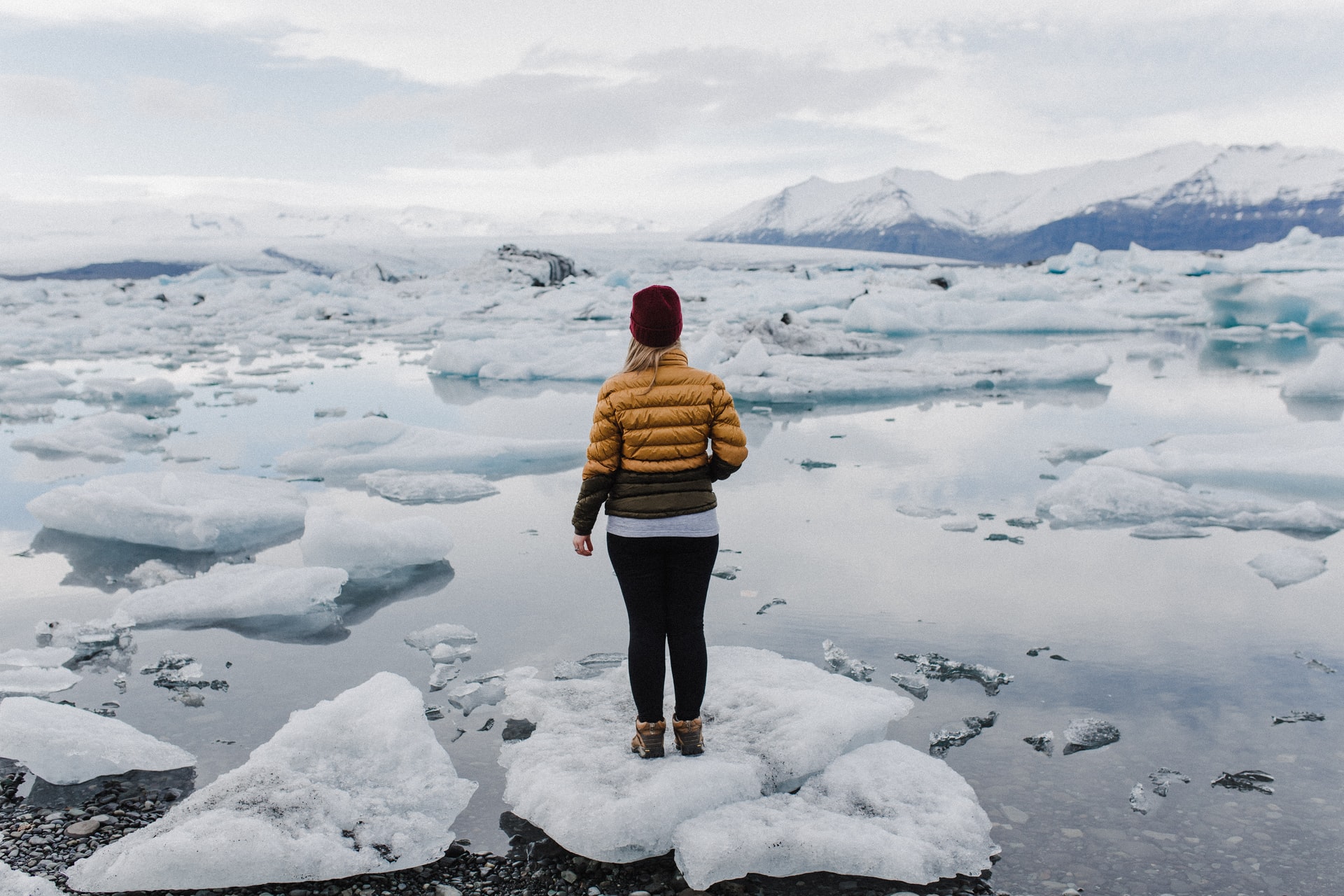In our increasingly interconnected world, nothing exists in a silo. This is particularly true as the world faces the climate emergency, its most critical challenge yet.
Lost in the conversation about tourism’s role in accelerating and/or mitigating the climate emergency is the responsibility consumer-facing (B2C) travel media plays.
As much as we might like the idea of using travel as a form of “escape,” encouraging this kind of mindset in the tourism context without acknowledging how it intersects with the larger climate conversation is not only a disservice to destinations where people travel and the people who live in these destinations, but it is also downright dangerous.
For far too long, travel media has passively fed readers a feel-good narrative about places to go, things to do, and experiences to have. These travel stories feed a sense of wanderlust in readers, trumpeting positive attributes often while skimming over context on how the climate crisis impacts these destinations and experiences.
This is a huge problem.
As an essential and highly influential link, what travel media write — and don’t write — impacts the perceptions, beliefs, expectations, behaviors, and actions taken by readers/travelers.
Each and every travel writer has a responsibility to think carefully about how it portrays travel-related content and how that content is interpreted — especially in regard to the climate emergency. Travel writers are a key conduit between readers (who are potential travelers) and destinations, tour companies, and other travel-related service providers. As an essential and highly influential link, what travel media write — and don’t write — impacts the perceptions, beliefs, expectations, behaviors, and actions taken by readers/travelers.
When climate-related information is ignored, de-emphasized, or even celebrated (think about the positive connotation tied to “warm” weather), readers may not realize the additional harm they have on the communities they visit, which may cause even more environmental damage. Additionally, avoiding the climate crisis in travel writing also eliminates an opportunity to empower readers to become part of the solution rather than continue to exacerbate the problem.
Here’s the crux of the situation: Because the climate crisis has been a slow burn over the last several years, travel writers — like journalists across just about every genre — have normalized the climate emergency’s impact simply by tucking the climate emergency in the back corner and avoiding conversation about it. Travel writers — like all people — have adjusted their definition of normal, so they’ve largely left its not-at-all-normalness out of their travel-related stories.
Those unseasonably warm summers? Not normal.
Swimming pools in water-starved destinations? Not normal.
The fact that privileged people can easily travel to countries where locals are on the verge of being climate refugees? Not normal.
Those receding glaciers and bleached coral? Not normal.
Those extended shoulder seasons? Not normal.
Keeping an eye on potential wildfires or hurricanes while traveling? Not normal.
The fact that local people in the destinations where people travel aren’t able to subsist on farming and other land-based industries like they used to? Not normal.
Travel can no longer live in a sanitized and untarnished silo.
We are all global citizens who have had to adapt to the “new normal” of the climate crisis. That is the easy thing to do. But we can not afford to continue turning a blind eye anymore.
We can not accept this “new normal” as is.
People use travel to escape from a place of negativity and stress to one of blissful positivity. That is the story the travel industry has told for decades. But travel can no longer live in a sanitized and untarnished silo.
Travel media needs to step up, break out of the carefree bubble, and take responsibility for helping casual travelers understand the intersection between tourism and the climate emergency. Doing so doesn’t have to be boring, uninteresting, or have a negative connotation.
In fact, written mindfully with an eye toward amplifying local storytellers, surfacing innovative responses to this global challenge, and empowering readers to actively engage in meaningful behavior change, travel writing can take on a fresh, multi-dimensional, and nuanced form of storytelling that doesn’t downplay the dire climate emergency the world faces each and every day.
Travel writing can be destructive, but you don’t have to be. Enroll today in Responsible Travel Writing: A Course for Content Creators and learn how to use your influence to make the world a better, safer, healthier, and more equitable place.



